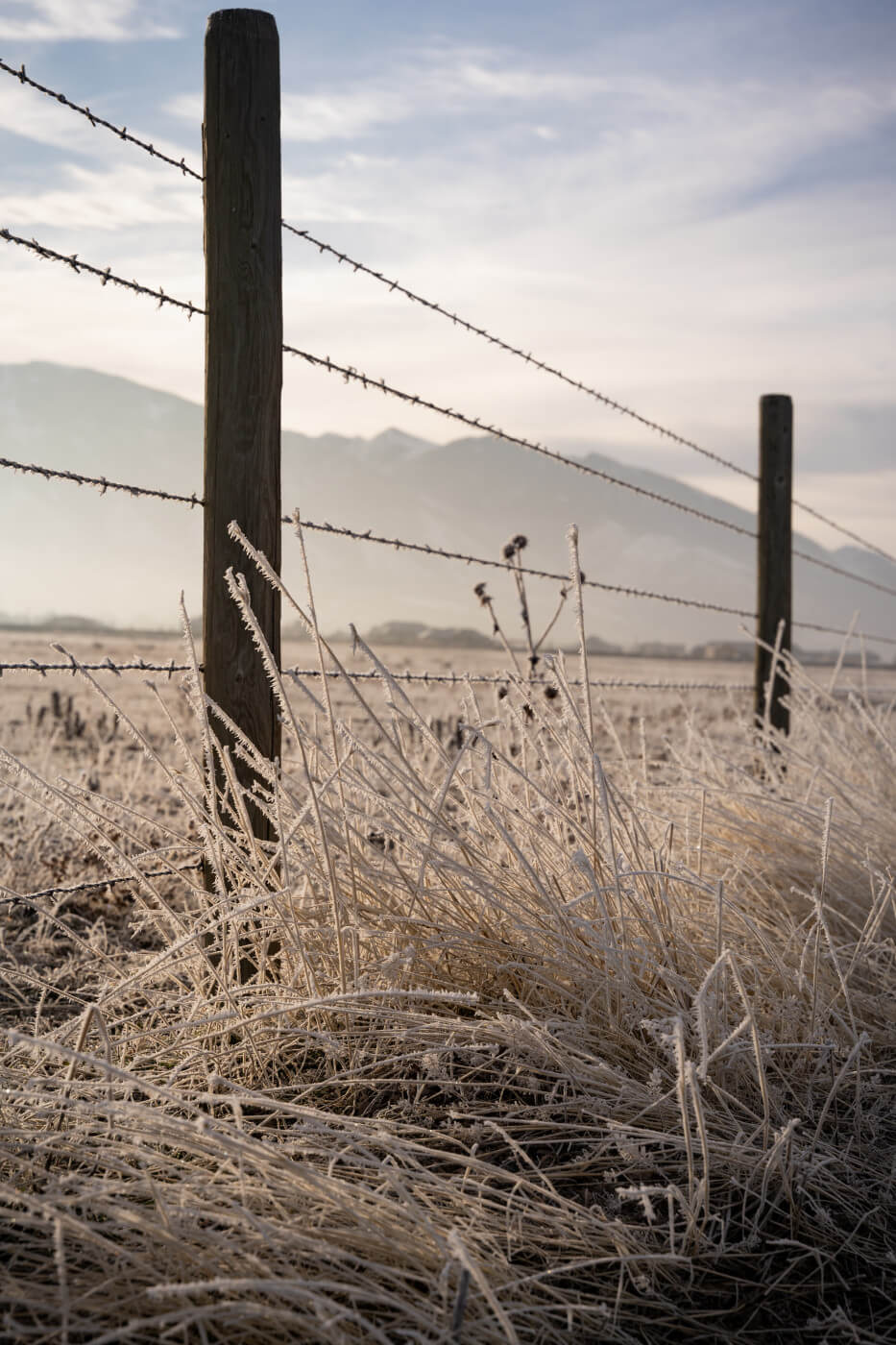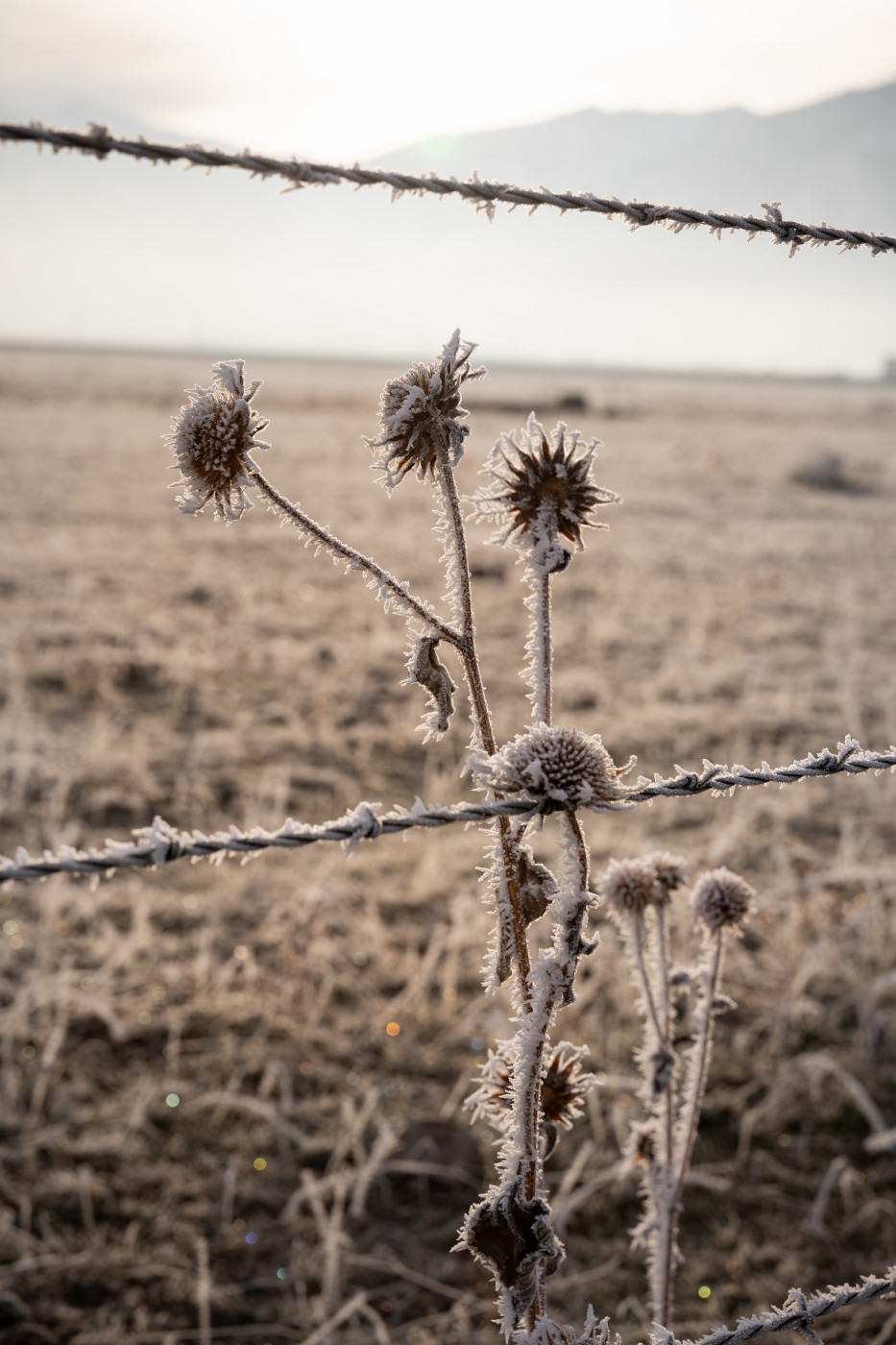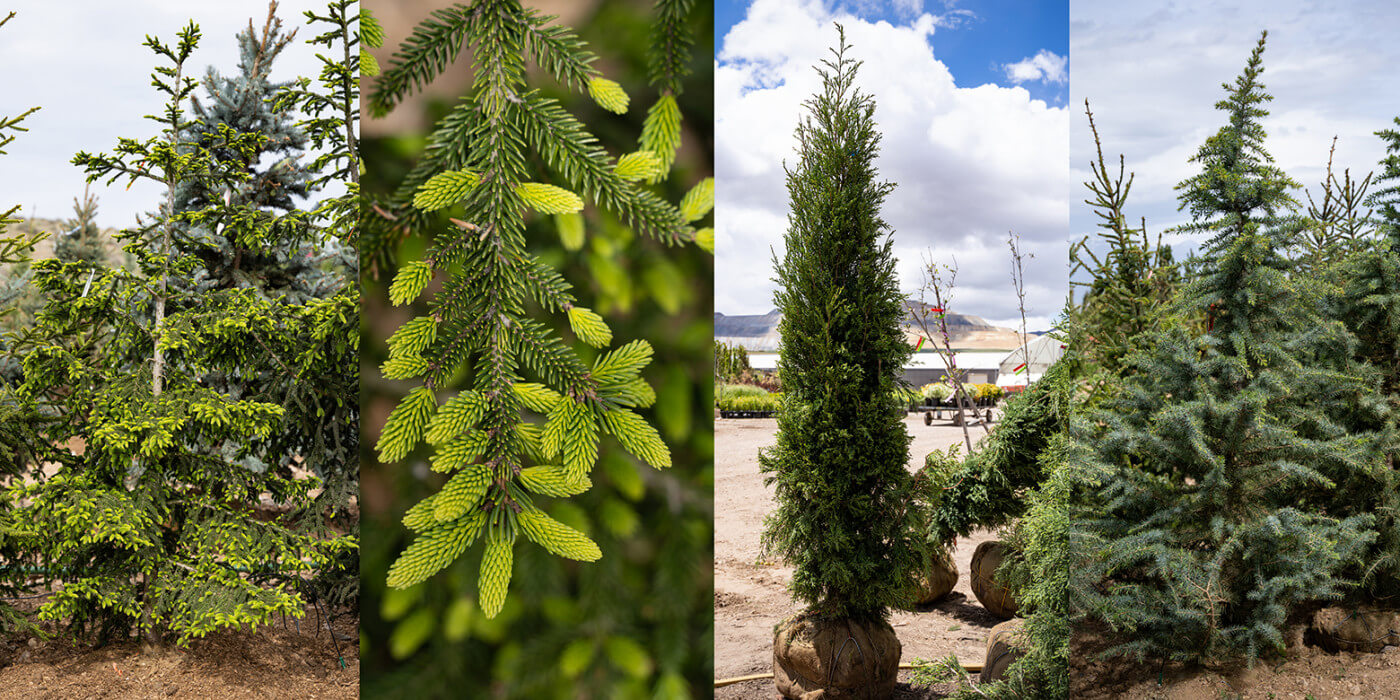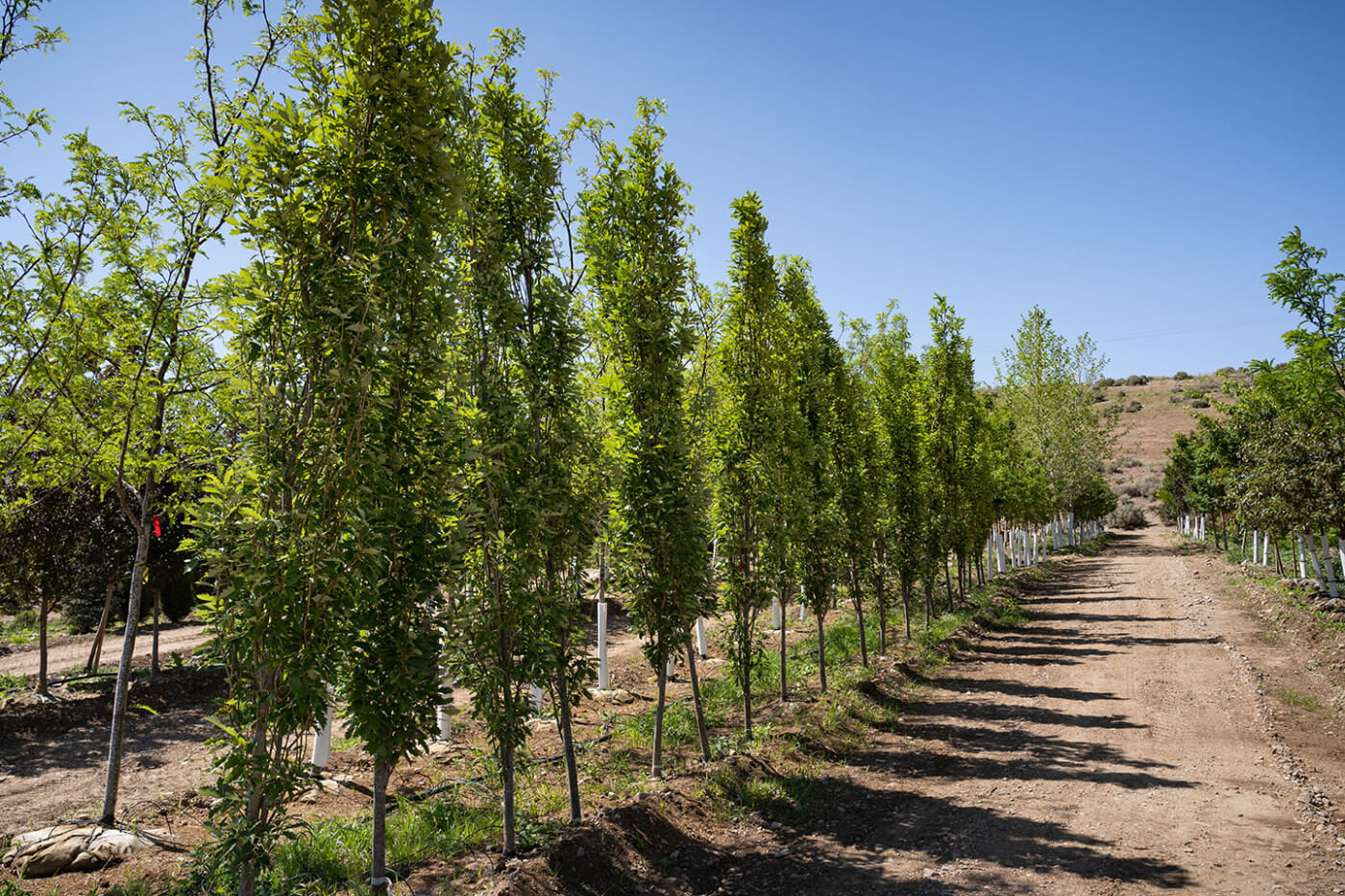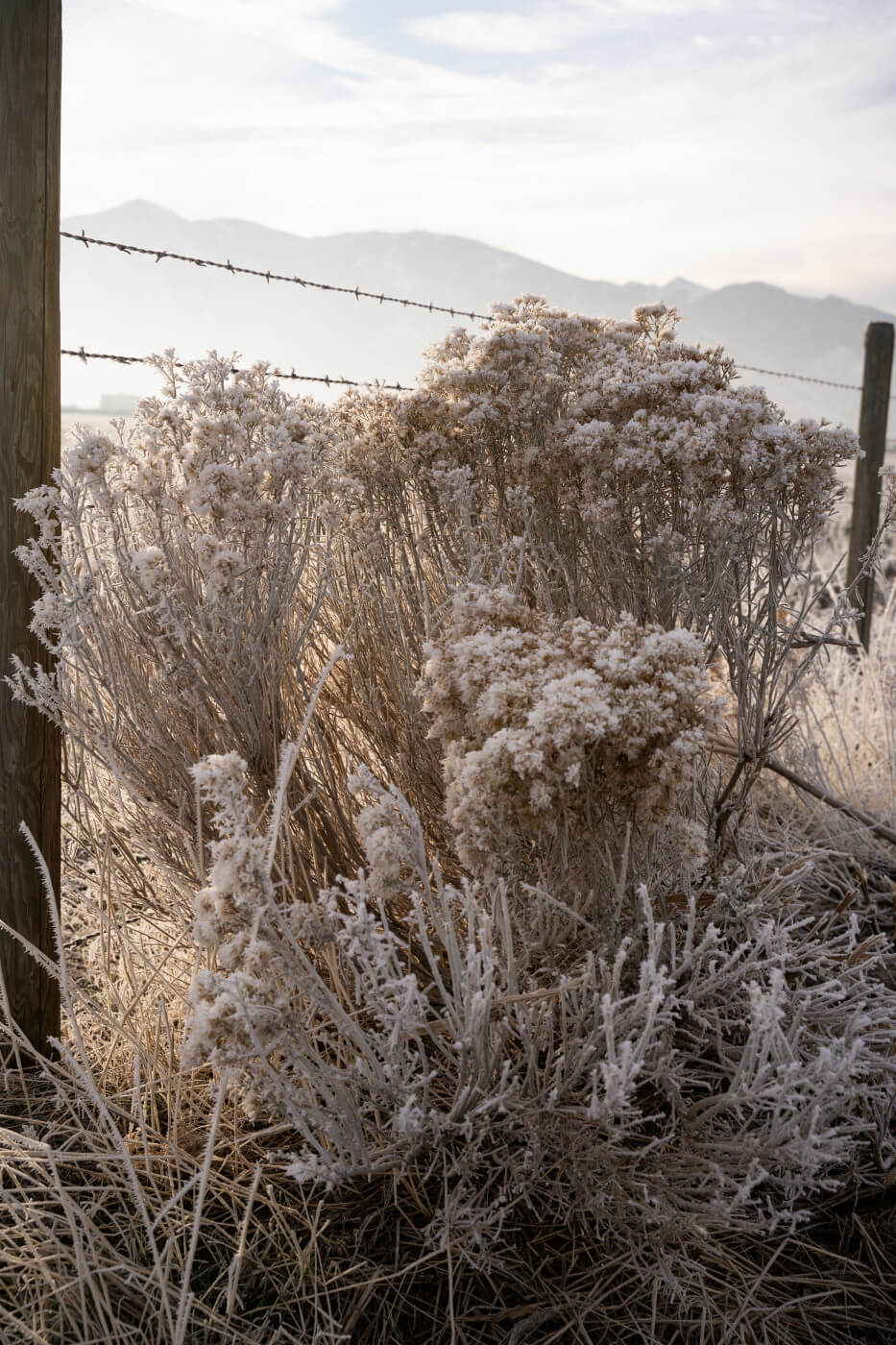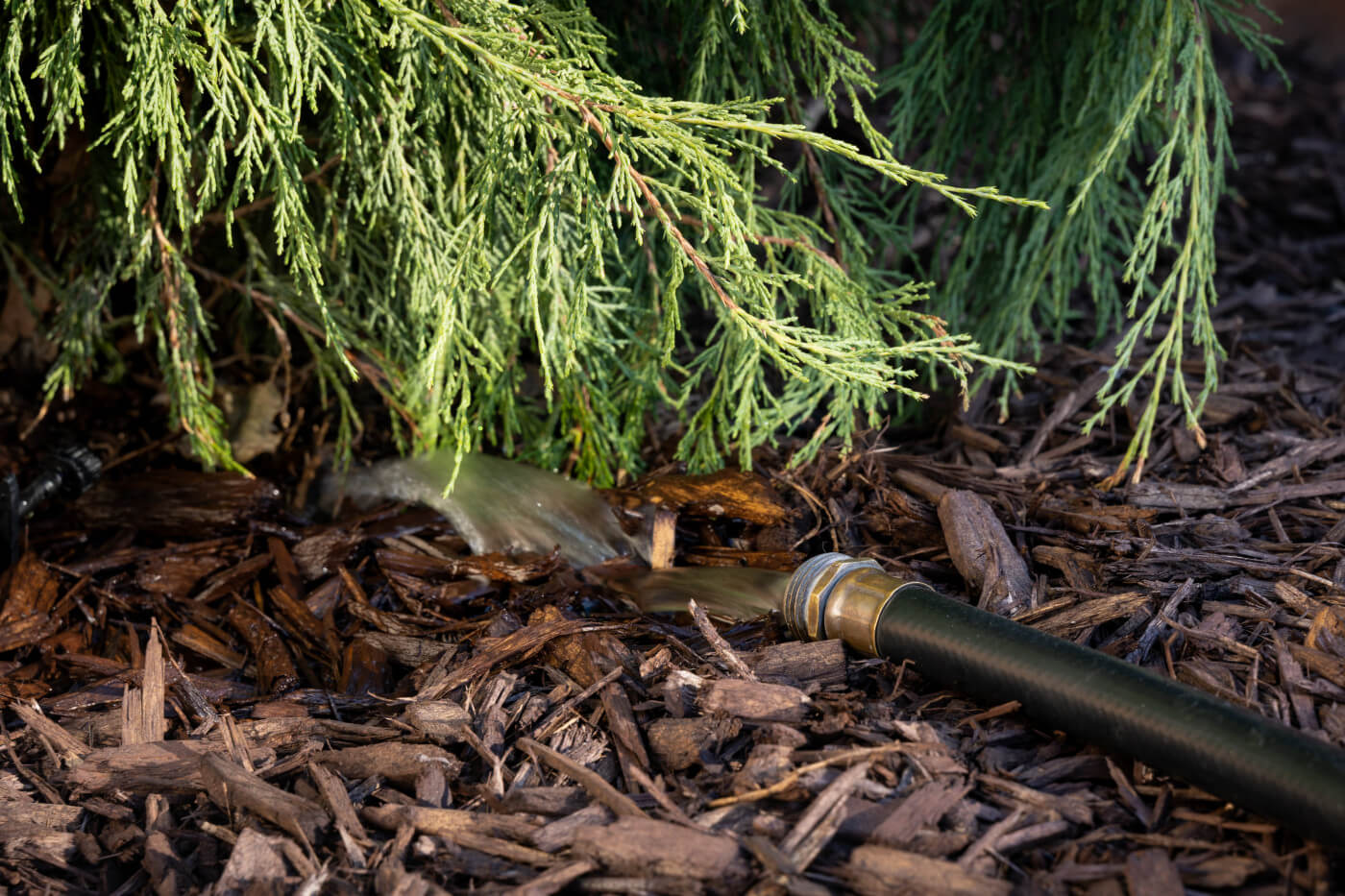The weather in Utah tends to go through cycles. Typically we have several years of drought followed by two or three years of flooding. The extreme winter of 2023 was enough to convince many long-time Utah residents that we had turned a corner in our weather cycle and we were in for a few wet years. We can still hope that heavy winter snowfall is on the way this year, but it’s already January and we’ve had precious little precipitation. The ground is dry and still not frozen. Watering your plants is essential, even if they’re dormant.
We urge you to attach a hose to your house and hand-water your trees and shrubs. Pay special attention to anything that you have planted within the last two years, as well as any evergreen trees and shrubs in your landscape. Doing so will make a world of difference in the spring.
Why is winter watering necessary?
The most critical time to water your plants may be just before the ground freezes. If a plant can start the winter months with moisture in and around its roots, it will come back strong in the spring. Plants that enter the winter season with dry, frozen ground at their roots may not come back at all. You have probably seen trees in the spring that leaf out only on one side or only at the bottom. If this condition is not caused by a pest, you can be sure it's the result of inadequate water in the fall.
Chances are, you stopped watering some time in October. By late December and early January, if we haven’t received significant snowfall, our soil is dry. During dry winters like this, the ground is often not frozen even in January, and it will absorb water nicely. This is a critical time for your trees, shrubs, and perennial plants. If the ground freezes and there is no water in and around the roots of your plants, your plants will suffer from root desiccation.
It's difficult for frozen ground to absorb water. Even if we get loads of snow later in the season, if the frozen soil beneath that snow is dry, your plants will struggle. Here’s what we suggest you do:
Evergreens
Remember that conifers and other evergreen trees and shrubs respire all year long, even during winter. They need water urgently. On cold, dry, windy days, which are common here in Utah, they will lose moisture through respiration and need to draw up more water from their roots. If your evergreens go into winter with adequate water, they will be able to draw up the moisture that they need. If they don’t have water available, they will suffer. If we continue to have a dry winter, you’ll need to water your evergreens monthly. They don’t need to be drowned, but they need some water in their soil.
Deciduous trees and shrubs
Just because deciduous trees and shrubs are dormant, that doesn't mean they will be better off during the winter. If their soil is dry during the winter months, their roots will dry out and begin to degrade. That damage is serious. In the spring, as the temperature begins to warm and your deciduous trees and shrubs begin to wake, their first action is to bud out with leaves and blossoms. In order to do that, they will need to rely on the moisture you give them today.
The snow may or may not be adequate, and if their roots are damaged by desiccation, it won't matter how much water they have in the spring. Their damaged roots won't be able to draw it up. But if they wake up in the spring with moisture in their roots, they will thrive. We don’t want to drown our plants and cause root rot, but they absolutely need water during dry winters. We suggest you give your plants several gallons of water monthly if there is no snow on the ground.
Which plants need water most?
Focus first on your evergreen trees and shrubs. Remember that there are flat-leaved evergreens such as boxwoods and Manzanita that need water just as much as your junipers, spruce, cedars, and pines.
Your next priority is everything that you have planted within the past two years, regardless of whether it’s deciduous or evergreen.
Last, give your established trees and shrubs a solid drink of water.
You can do this either by attaching a hose to your house and watering your plants with it, or you can use buckets. Some of our clients like to drill holes in the bottom of a five-gallon bucket, place that bucket near the tree or shrub, and then fill that bucket with water. This is one way to allow the water to soak into the ground a little more slowly. The size of your tree or shrub will determine how many gallons of water you give it.
We promise this will make a difference. In the spring, as you drive through your neighborhood, you will be able to tell which homeowners watered during the winter and which ones did not.
Good luck, and happy winter watering!


